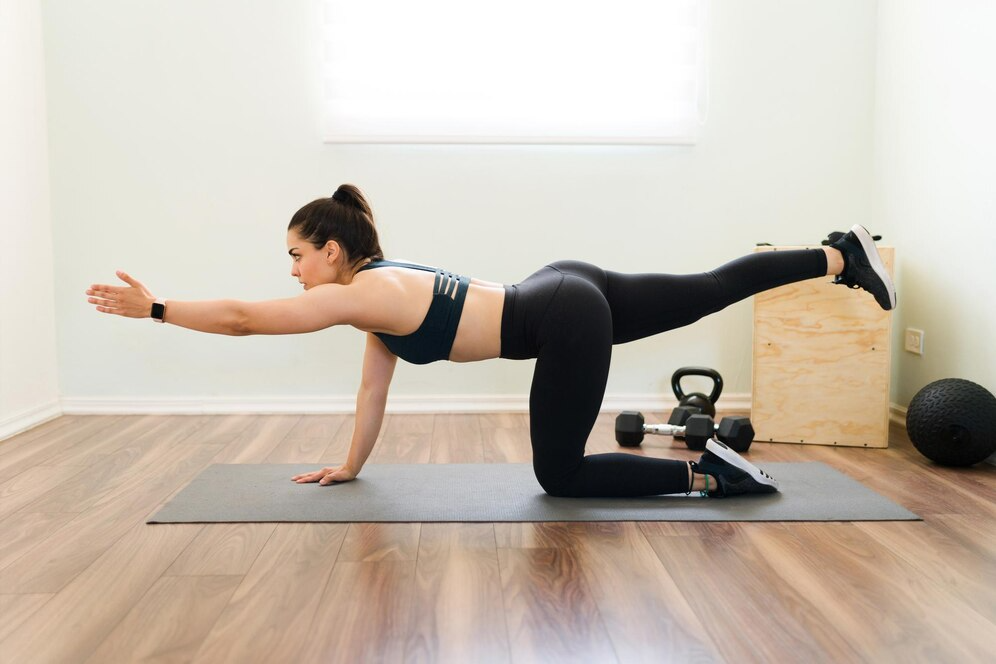HIIT Vs. Tabata Showdown: Decoding The Intensity For Optimal Fitness Gains
Table of Contents
High-Intensity Interval Training (HIIT) and Tabata are two popular workout methodologies that have gained widespread recognition for their efficiency in delivering results. Both are known for their intense bursts of activity followed by short rest periods, but they have key differences that cater to various fitness goals. In this comparative article, we’ll explore the characteristics, benefits, and considerations of HIIT vs. Tabata to help you decide which might be the better fit for your fitness journey.
1. Structural Differences:
HIIT (High-Intensity Interval Training):
HIIT is a broad term encompassing various workout formats that involve alternating between short bursts of intense exercise and periods of lower-intensity activity or rest.
The work-to-rest ratios can vary, and exercises may include a mix of cardio and strength training.
Tabata:
Tabata is a specific form of HIIT developed by Japanese researcher Dr. Izumi Tabata. It follows a strict structure: 20 seconds of all-out exercise followed by 10 seconds of rest, repeated for a total of four minutes (eight rounds).
Typically, Tabata workouts focus on a single exercise or movement pattern.
Intensity Levels:
HIIT:
HIIT allows for more flexibility in intensity. Workouts can range from moderate to extremely high intensity, making it adaptable for individuals at different fitness levels.
The emphasis is on pushing your limits during the high-intensity intervals.
Tabata:
Tabata is renowned for its extreme intensity. The 20-second work periods demand maximal effort, pushing individuals to their limits.
While this intensity can yield quick results, it may not be suitable for beginners or those with certain health conditions.
Duration and Frequency:
HIIT:
HIIT sessions typically last between 20 to 45 minutes, including warm-up and cool-down.
Frequency can vary from 2 to 4 times per week, depending on individual fitness levels and goals.
Tabata:
Tabata workouts are short and sweet, lasting only four minutes per session.
Due to their intensity, they are often recommended 2 to 3 times per week, with additional, less intense workouts for a balanced routine.
Benefits:
HIIT:
Improved cardiovascular health.
Efficient calorie burn during and after the workout.
Adaptability to various exercises and fitness levels.
Tabata:
Quick and time-efficient.
Enhanced anaerobic and aerobic fitness.
Potential for accelerated fat loss.
Considerations:
HIIT:
Suitable for a wide range of fitness levels.
Allows for more variety in exercises.
Longer duration may be more challenging for beginners.
Tabata:
Requires a high fitness level due to extreme intensity.
Limited exercise variety within a Tabata session.
Not recommended for beginners or those with certain health issues.
Conclusion:
In the HIIT vs. Tabata debate, the right choice depends on individual preferences, fitness levels, and goals. HIIT offers versatility and adaptability, making it accessible to a broader audience.
On the other hand, Tabata’s intense structure is ideal for those seeking quick, impactful workouts but may not be suitable for everyone.
Combining elements of both can also provide a balanced and effective fitness routine. Ultimately, the key is to choose a workout style that aligns with your fitness goals, preferences, and overall health.


